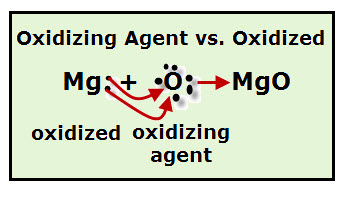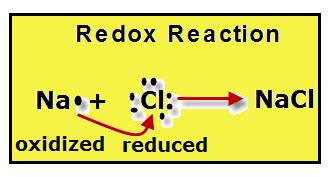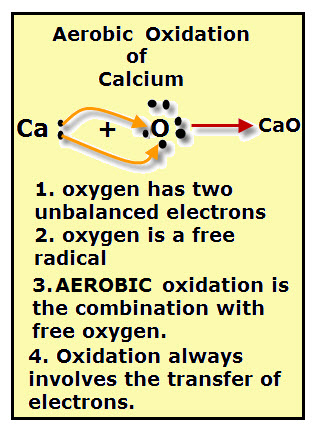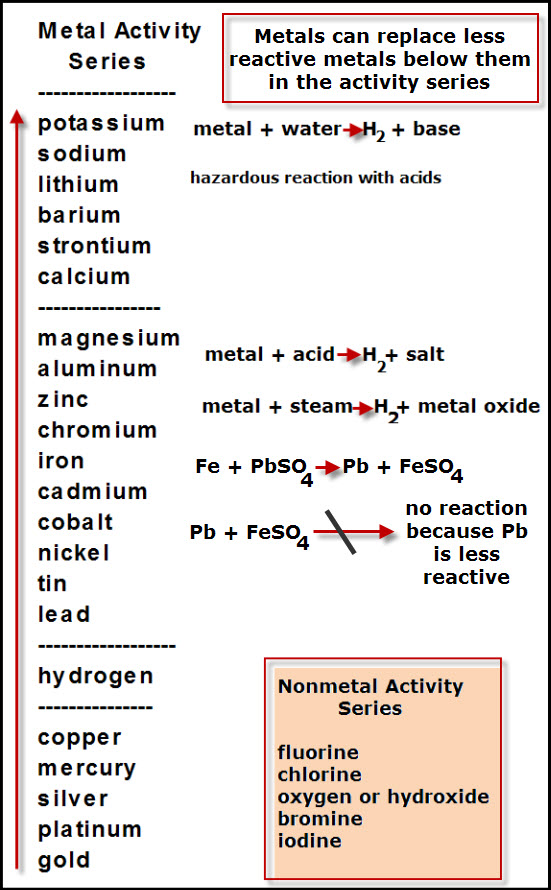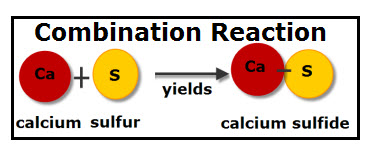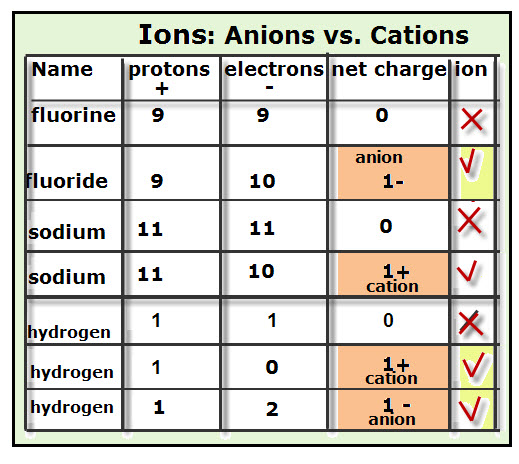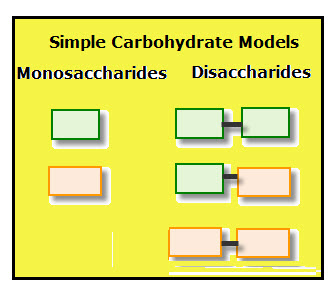An oxidizing agent is a substance that causes another substance to be oxidized (to lose electrons). In the diagram, oxygen is the oxidizing agent because it draws away magnesium’s valence electrons.An oxidizing agents cause other elements to lose electrons. The oxidizing agent gains the electrons lost by other elements. While oxygen is the oxidizing agent […]
Chemistry: Redox
Oxidation is a type of chemical reaction in which electrons are transferred from one substance to another. For oxidation to occur, one substance must lose electrons and a second substance must gain the lost electrons. The substance gaining electrons is said to be reduced and the substance losing the electrons is said to be oxidized. […]
Aerobic Oxidation
Oxidation is a chemical reaction in which electrons are transferred from one substance to another. Aerobic Oxidation is a chemical reaction in which one substance combines with oxygen. Like any oxidation reaction, there is a transfer of electrons. When free oxygen is part of the reaction, electrons are transferred from one substance to oxygen. The […]
Chemistry:Activity Series
Chemistry: Activity Series by Janice VanCleave. www.scienceprojectideasforkids.com/2011/chemistryactivity-series/.
Chemical Reaction
What is a chemical Reaction? Chemical Reactions occur when one or more chemicals change forming one or more different chemicals. Chemical reactions are represented by a chemical equatioin. For example: Calcium + Sulfur —–> Calcium Sulfide Reactants : The name for the starting chemicals of a chemical reaction.Products: The name for the resulting chemicals of […]
Exothermic Reactions
An exothermic reaction is a chemical reaction that releases energy, such as heat, light, and/or sound. This type of reaction occurs when the energy needed to cause the reaction is less than the energy needed to form the reactants.For example, burning is the combination of oxygen with a substance, such as the chemicals in a […]
Free Radicals
Radicals are atoms or molecules that have one or more unpaired electrons. The electrons in the outer energy level of an atom are called valence electrons. The maximum number of valence electrons is eight. The diagram show models for all the possible number of valence electrons and their arrangement. The models with unpaired electrons are […]
Ions: Anions vs. Cations
Ions are atoms or molecules that have a net charge, either positive or negative. There are two kinds of ions: Anions are negatively charged ions because they have negative net charges. This means that there is a greater number of electrons (-) than protons (+). For example, the anion, fluoride (F 1-), has a one […]
Carbohydrates
Carbohydrates, also called saccharides, are organic chemicals found in plants. The two basic structures of carbohydrates are simple and complex. Simple carbohydrates are also called simple sugars and yes, they have a sweet taste.The simplistic nature of these chemicals has to do with their molecular structure. As the name implies, the structure of these molecules […]
Gravity Model: Warped Space
Know that this is a model of the warping of space by two objects with different masses. The paper cones in the diagram below are made from white poster board. Using two sheets of poster board, I cut the two identical and the largest possible circles. The dashed line in the diagram to the right […]
- « Previous Page
- 1
- …
- 21
- 22
- 23
- 24
- 25
- …
- 96
- Next Page »
